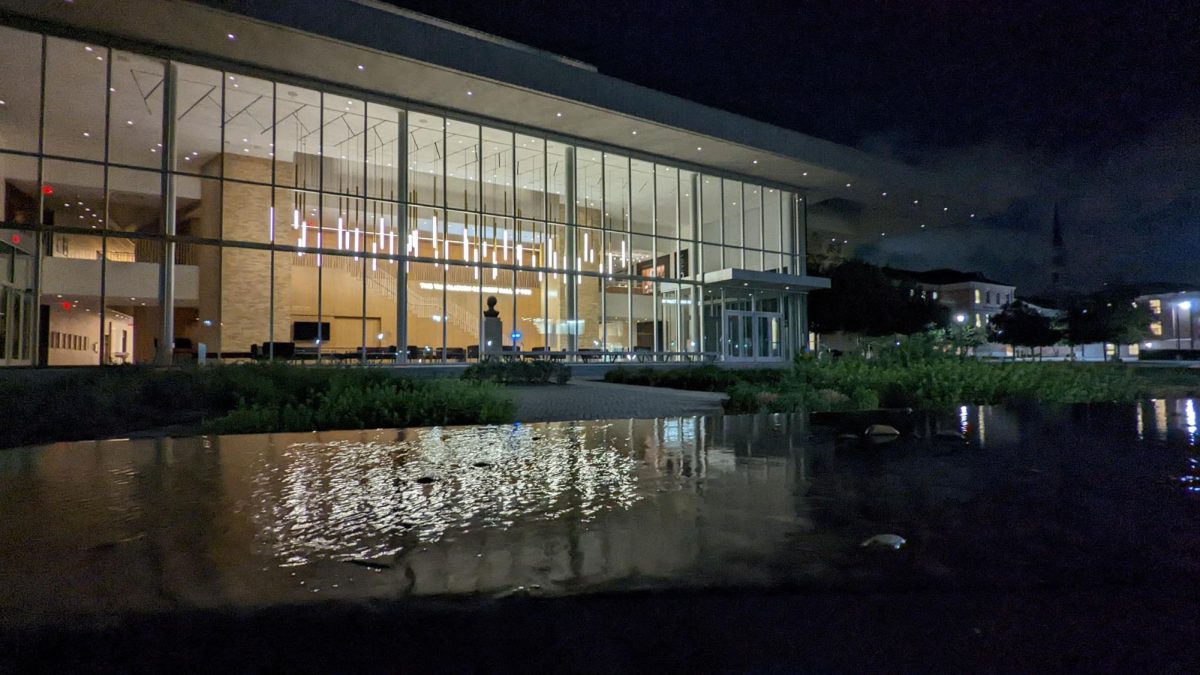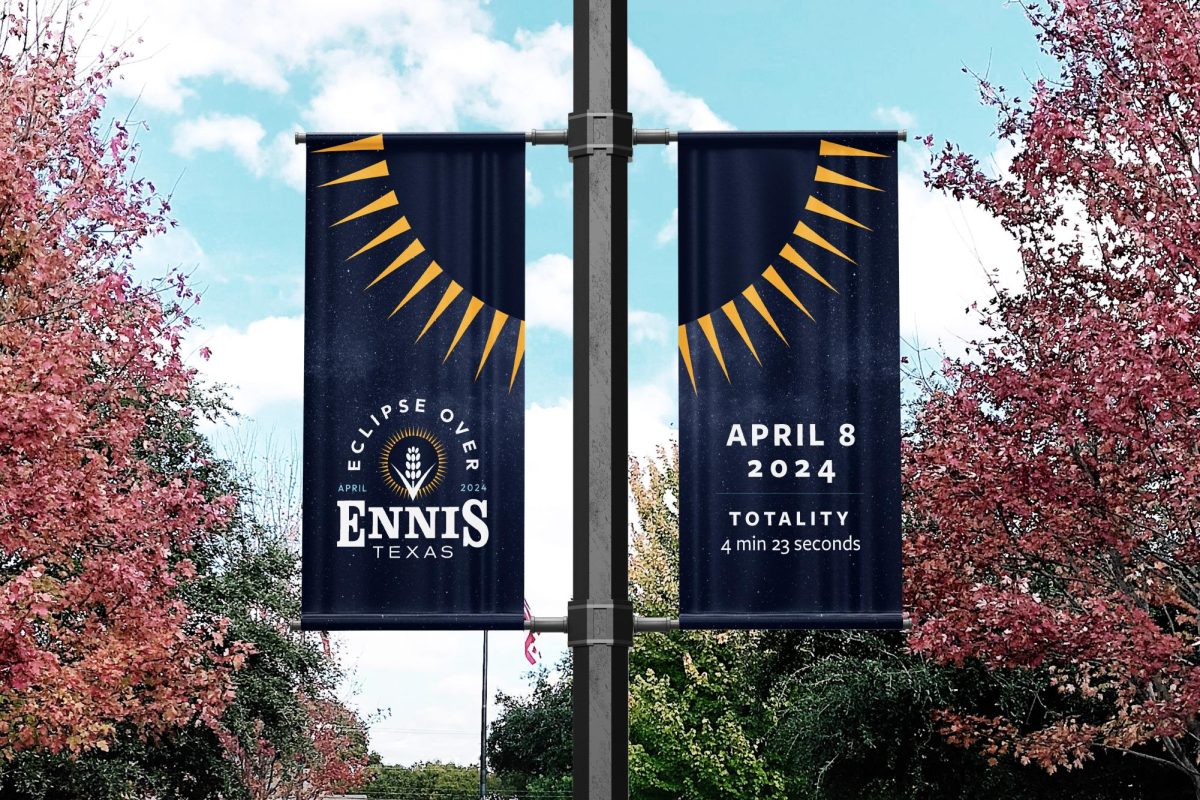For a little over a year Fort Worth has held public and stakeholder meetings to work toward a solution to the flooding in the Forest Park/Berry Watershed area that comes with heavy rains.
Last Thursday, final recommendations were discussed, in a public meeting at Travis Avenue Baptist Church. The estimated cost for various options ranged from $3 million to $75 million.
Fort Worth’s two main options are to control flooding through detention or conveyance strategies. Detention focuses on increasing areas to store the water. Whereas, conveyance focuses on installing pipes and creating channels that can accommodate a heavier flow of water at one time.
The city could also try to avoid the flooding through acquisition of flood-prone land or simply coping, which is what the city is currently doing.
“We don’t want to be telling people you just need to cope with it, ” Greg Simmons, assistant director of Fort Worth’s Transportation and Public Works department, said. “We are trying to figure out, given the array of circumstances what we can do to improve the situation in this area.”
The city has moved its focus from finding one big project that will solve the flooding issues, to finding smaller projects that can be phased in at an affordable cost, while still offering protection against flooding to residents, Simmons said.
“We are trying to shoot for some measures that put together over time could get us to a ten year level,” Simmons said. The ten year level means the current water system would be able to then accommodate approximately 2.5 inches per hour, which could also lead to avoiding substantial damage costs.
To put it into perspective, the city is currently trying to find a way to drain or somehow store the equivalent of 11.3 acres of six feet deep storage. Which is roughly the same size as the Paschal High School campus in six feet of water, Simmons said.
Detention Options
Detention options include installing underground detention below the new transit parking lot, transit-oriented development, detention in the Burlington Northern Santa Fe Railway corridor on Biddison Street, underground detention in Paschal athletic fields and underground detention throughout the watershed.
Options for underground storage units include a form of flexible piping, plastic piping and concrete tunnel structures.
“The whole idea behind underground detention is constructing vault water storage beneath the surface,” Johnson said.
Storing water underneath the T’s future bus station parking lot is being considered, city officials said. Storage would be built as the parking lot is constructed. The outfall from the water storage would tie into the existing storm sewer system. The goal would be 12 acre-feet of underground water storage and the estimated cost is between $5 million and $7.5 million.
Another option is transit-oriented development, which would mean coordination with City Planning Department.
“Transit-oriented development is a different way of organizing zoning code and could possibly be written in a way to require developers to dedicate land for a future detention facility,” Burton Johnson, project manager with Michael Baker Jr., Corporation, said.
As a part of the transit-oriented development plan, land acquisition would be in conjunction with future development. The goal would be attaining enough land to be able to store 23 acre-feet of water. The estimated cost is $3 million to $5 million.
Underground water storage in the BNSF Railroad corridor along Biddison Street is another possible option, city officials said. The city would first have to obtain right-of-way from BNSF railroad. The goal would be to store 5 acre feet of water. The estimated cost is anywhere from $2.5 million to $10 million depending on how much BNSF wants for the land . But, the city would only pursue this option if the cost to acquire the land was reasonable.
Underground water storage beneath Paschal athletic fields is another option. This option would include installing an underground modular detention underneath athletic fields and constructing drainage improvements connected to underground detention, city officials said.
The option would require agreements with the Fort Worth School District (FWISD). The goal would be 15 acre-feet of water storage, with an estimated cost between $6 million and $10 million.
Lastly, there are unidentified opportunities that may be available over time in the watershed area., city officials said. These options include placing underground water storage as streets are repaved, placing underground detention in alleys, tying the placement of underground detention into TCU redevelopment opportunities or a greenway detention. All options would have a goal of 10 acre-feet water storage with an estimated cost from $5 million to $7.5 million.
Underground detention does require maintenance and there is the possibility of underground storage areas filling up with silt and garbage, Johnson said.
Conveyance Options
Conveyance options include a tunnel to Trinity River and local storm drain improvements.
A 16-foot diameter tunnel upstream to the Trinity River is a possible option with an estimated cost between $20 million and $40 million, city officials said. The tunnel would avoid Zoo Creek impacts.
Local storm drain improvements would include new storm drains to pick up water in flood-prone areas and move water to a tunnel or underground water storage, city officials said. This approach must be in conjunction with all other strategies and would cost an estimated $5 million to $20 million.
Conveyance-based Strategy
A conveyance-based strategy could include a tunnel, local storm drain improvements, transit-oriented development and underground detention at Paschal athletic fields. This plan would give residents 100-year protection but is very expensive. $35 million would be the minimum estimated cost, but costs could be as high as $75 million.
The city says the plan has value, but is not affordable given current financial resources. Also, under this strategy, the tunnel component must be constructed as one project.
Detention-based Strategy
A detention-based strategy would include underground water storage below the bus parking lot, transit-oriented storage, underground water storage beneath Paschal athletic fields, underground storage through the city in tandem with maintenance and construction, the Biddison Street BNSF Railway corridor detention and local storm drain improvements.
Under the detention-based strategy, the city would almost have ten-year protection with 54 acre-feet of water storage, city officials said. The plan is expensive with the estimated cost between $24 million and $35 million. The plan is cost effective, but not affordable as a single city project. This strategy could be done in phases to alleviate all-at-once costs. The strategy would also require a maintenance commitment.
The recommended option is to pursue a detention-based strategy and build a cost-sharing partnership for the tunnel construction strategy. The city also wants to promote flood avoidance and coping measures with voluntary property acquisitions, flood insurance and flood education.
How the City plans to put strategies into action
The first step towards alleviating flooding issues with the recommended plan is for the city to implement a program to acquire, on a voluntary basis, homes subject to chronic flooding.
The Fort Worth Storm Watr Management department also plans to initiate and continue coordination and communication with potential partners such as the Fort Worth school district and more specifically Paschal High School, the T, BNSF, Berry Street Initiative, theFort Worth Planning department and TCU.
In the next three to ten years the city hopes to construct available detention measures as funding permits.





